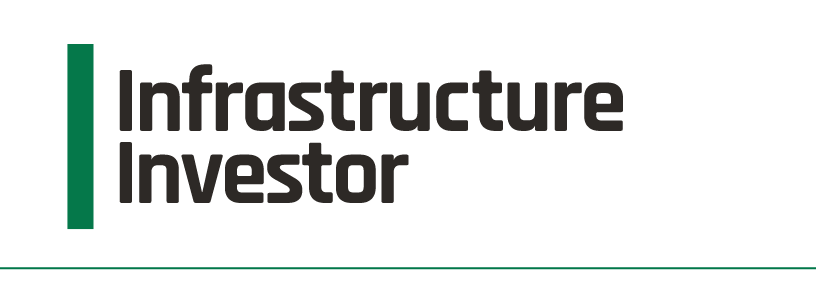

As the world’s central banks look to start cutting interest rates, infrastructure investors are increasingly reassessing the relative appeal of different parts of their strategies. Many seem to be leaning more heavily on core-plus allocations to provide a gentle boost to their portfolios, but – as we discover here – that’s by no means the only route to returns.
Three key trends in infrastructure strategies
COVER STORY
PREVIOUS COVERAGE
Through turbulent times, Infrastructure has prided itself on being a resilient asset class. But that does not mean that the volatile macroeconomic environment is not being felt. The selection of strategies is key in today’s market; building resilience into portfolios using the right investment opportunities. Infrastructure Investors will always need to be ready for the next move, and it will take a combination of intuition and market awareness to get ahead of the headwinds.
How infrastructure investors are rethinking strategy
Vauban on redefining the longevity of infrastructure
Core’s cause for concern
PATRIZIA on the balancing act between risk and reward
Infrastructure strives to weather the storm
LPs set their sights on infra debt
Expert view: Whether to diversify or specialise your fund
Northleaf: Diversification is key in volatile times
The north is king of European infrastructure
LPs prioritise rebalancing portfolios amid market uncertainty
Instar: Putting people at the heart of infrastructure
Infra reclaims ESG
Partners Group on building a resilient portfolio
Infra co-investments are in vogue
Infra experts share their market predictions
In a time of considerable macroeconomic uncertainty, the infrastructure industry should fare better than most thanks to its inherent defensive characteristics. But investors are also busy making plans to futureproof their portfolios far beyond the current macro storm, which increasingly include specialisation, diversification and a focus on sustainability. In this report we take a closer look at the strategies that are shaping the asset class’s future.
How infrastructure investors are riding the macroeconomic wave
Vauban: All eyes on core
The future of specialisation
Stafford’s McPhee: A bright future for infra secondaries
Northleaf on the case for diversification
Greening the brownfield
PATRIZIA on the endurance of high-yield infra debt
LPs are hungry for more infra
FIRSTavenue on entering a new phase
On the minds of the strategy heads
Options from the core palette remain popular with LPs, but a growing number are being drawn to niche plays. Debt and secondaries are grabbing more of the limelight. And value-add and opportunistic are growing in popularity for investments in renewables and digitisation. The resilience of these sectors in troubled times is now proven, so it is very much ‘risk-on’ when it comes to these segments.
Stars are aligning for green infrastructure debt, says Macquarie
Why infra debt is on the rise
Northleaf on diversifying through the mid-market
Why investors remain loyal to core strategies
Partners Group: Embrace transformative trends to find value-add
Open to playing a longer game with open-end infra vehicles
The art of the sustainable transition according to Infracapital
The rise of secondaries in infra investing
The secondaries market of tomorrow for infra investment
Under the hood of infra strategies with EDHECinfra
Door opens to more infra investing
Infrastructure investors know there is correlation between risk and reward, and that core, value-add and opportunistic strategies target different parts of this risk/reward spectrum. Where the boundaries are to be found – and whether these terms carry the same meanings as they did just a few years ago – is far less clear and is explored in our 2020 Strategies report.
What’s in a (strategy) name?
Three key trends in infra strategies
HSBC: Debt strategies gain interest
A hostile environment for core
Infrastructure’s changing landscape
Golding Capital on co-investment
Infracapital: Covid-19 can catalyse greenfield growth
Focusing on operations to cut risk
Super-core: Marketing label or innovative strategy?
Arcus on value-add investing post-covid
Time to think twice on infra secondaries?
The new niches in infrastructure
‘The mid-market matters,’ says Ancala
LATEST NEWS
Visit our special reports section, where you’ll find an extensive library of Infrastructure Investor reports on the key issues affecting the industry.
































































